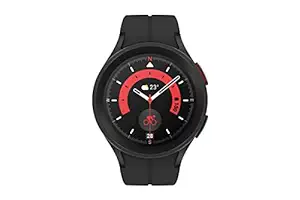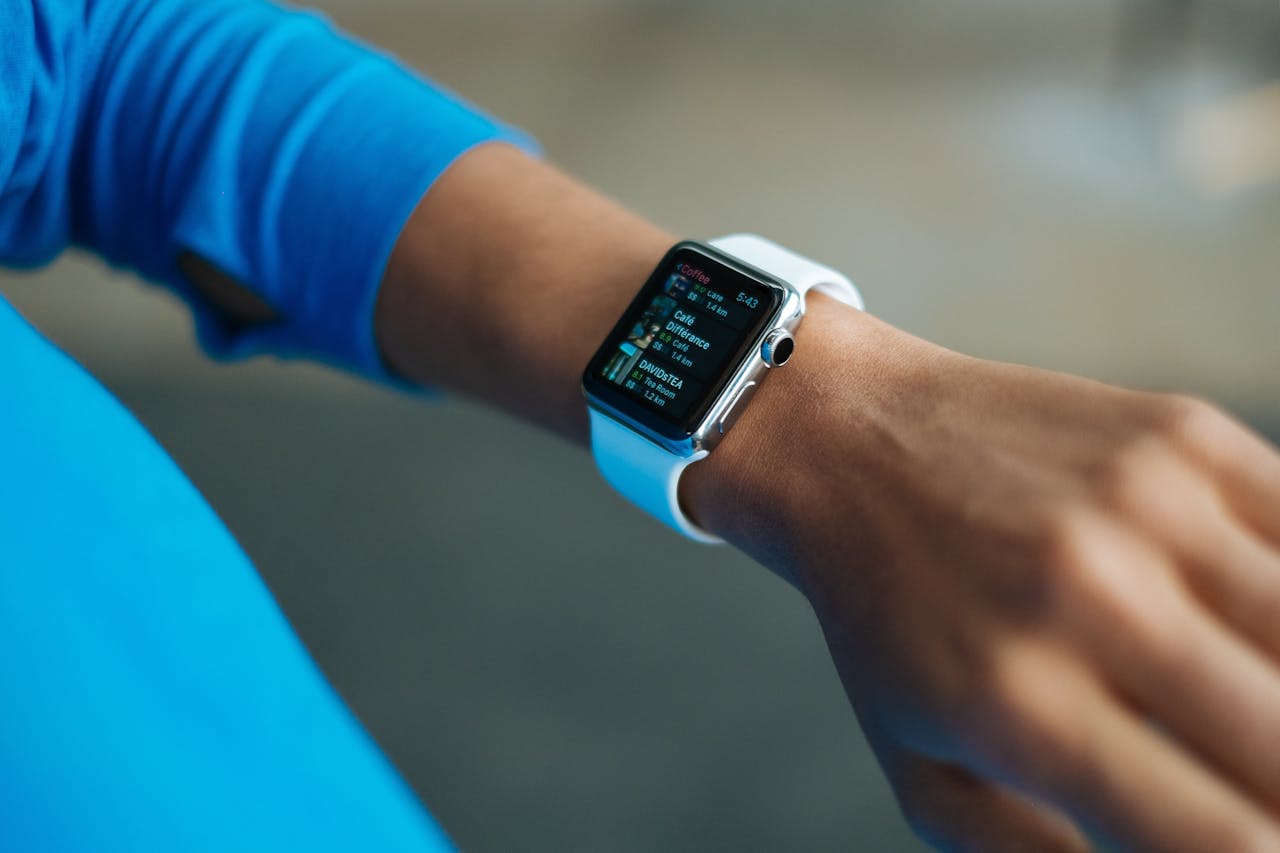Best Smartwatches with ECG and Blood Oxygen Monitor (2024 Buyer's Guide)
In the fast-paced world of wearable technology, smartwatches have evolved far beyond just telling time. Today, they are powerful health monitoring tools, and some of the most sought-after features are ECG (Electrocardiogram) and blood oxygen level (SpO2) monitoring. let us discover the best Smartwatches with ECG and Blood Oxygen Monitor
An ECG smartwatch can detect irregularities in your heart rhythm, such as atrial fibrillation (AFib), which can be an early warning sign of serious cardiovascular issues. Meanwhile, a smartwatch with blood oxygen monitor can help you track your respiratory health, especially during sleep or exercise. These features provide valuable insights into your overall well-being, empowering you to take proactive steps towards a healthier lifestyle.
With so many options flooding the market, choosing the best smartwatch with ECG and blood oxygen monitor can be overwhelming. This comprehensive guide aims to simplify the decision-making process. We’ll delve into the importance of these features, review top brands like Apple, Samsung, and Fitbit, and provide expert advice on selecting the perfect device for your needs and budget. Whether you’re a health enthusiast, an athlete, or someone looking for a comprehensive health tracker, we’ve got you covered
Why You Need a Smartwatch with ECG and Blood Oxygen Monitor ?
Investing in a smartwatch with ECG and blood oxygen monitor capabilities is more than just a tech upgrade; it’s an investment in your health and well-being. These features offer a proactive approach to health monitoring, providing valuable insights that can help you make informed decisions about your lifestyle and potentially detect health issues early on.
ECG Monitoring: Your Heart's Rhythm Guardian
The ECG (electrocardiogram) feature in a smartwatch acts as a guardian of your heart’s rhythm. By measuring the electrical signals that control your heartbeat, it can detect irregularities like atrial fibrillation (AFib), a common heart condition that can lead to stroke if left untreated. With an ECG smartwatch on your wrist, you can perform on-demand ECG readings anytime, anywhere, providing peace of mind and early detection opportunities.
Blood Oxygen (SpO2) Monitoring: Breathing Easy
The blood oxygen level (SpO2) monitor in a smartwatch measures the percentage of oxygen saturation in your blood. This is crucial for respiratory health, especially for individuals with conditions like sleep apnea or asthma. Regular SpO2 tracking can help you identify patterns, monitor your body’s response to exercise or altitude changes, and even detect early signs of respiratory distress.
Beyond the Basics: A Holistic Approach to Health
Smartwatches with ECG and SpO2 monitoring often come equipped with additional health tracking features. These can include heart rate variability (HRV) tracking, stress level monitoring, sleep analysis, and even women’s health tracking. By combining these capabilities, you get a comprehensive overview of your health and well-being, empowering you to take charge of your wellness journey.
Whether you’re an athlete seeking peak performance, someone with existing health concerns, or simply an individual committed to preventive care, a smartwatch with ECG and blood oxygen monitor can be a game-changer. These features offer a convenient and accessible way to track vital health metrics, providing valuable insights that can help you make informed decisions about your lifestyle and seek medical attention when necessary.
Top Smartwatch Brands with ECG and Blood Oxygen Monitor
Now that we’ve established the importance of ECG and blood oxygen level (SpO2) monitoring, let’s dive into the top smartwatch brands that offer these features. We’ll examine their pros and cons, unique selling points, and overall suitability for different users.

1. Apple Watch Series 8 and Ultra
Apple continues to be a pioneer in smartwatch technology, and their latest models, the Series 8 and Ultra, are no exception. These smartwatches boast a robust suite of health-tracking features, including ECG and SpO2 monitoring.
Pros:
- Accurate ECG App: The ECG app on Apple Watch is FDA-cleared and has been shown to accurately detect signs of atrial fibrillation (AFib).
- Comprehensive Health Tracking: Apple Watch offers a wide range of health metrics, including heart rate variability (HRV), sleep tracking, and menstrual cycle tracking.
- Seamless Integration: Apple Watch seamlessly integrates with other Apple devices and services, making it a great choice for those invested in the Apple ecosystem.
- Premium Build Quality: Apple Watches are known for their sleek design and durable construction.
Cons:
- High Price: Apple Watches are among the most expensive smartwatches on the market.
- Limited Compatibility: They are only compatible with iPhones.
- Battery Life: Battery life can be a concern for some users, especially with heavy usage.

2. Samsung Galaxy Watch 5 and 5 Pro:
Samsung’s Galaxy Watch 5 and 5 Pro are strong contenders in the smartwatch market, offering a compelling combination of features, performance, and style.
Pros:
- Advanced Health Monitoring: The Galaxy Watch 5 series includes ECG, SpO2, and body composition analysis.
- Wear OS: It runs on Wear OS, giving users access to a wide range of apps and customization options.
- Sleek Design: The watches boast a modern and stylish design that appeals to a wide audience.
- Good Battery Life: Compared to Apple Watch, Samsung’s Galaxy Watch offers better battery life.
Cons:
- ECG Availability: ECG functionality may not be available in all regions due to regulatory restrictions.
- App Ecosystem: The Wear OS app ecosystem, while improving, still lags behind Apple’s App Store.





